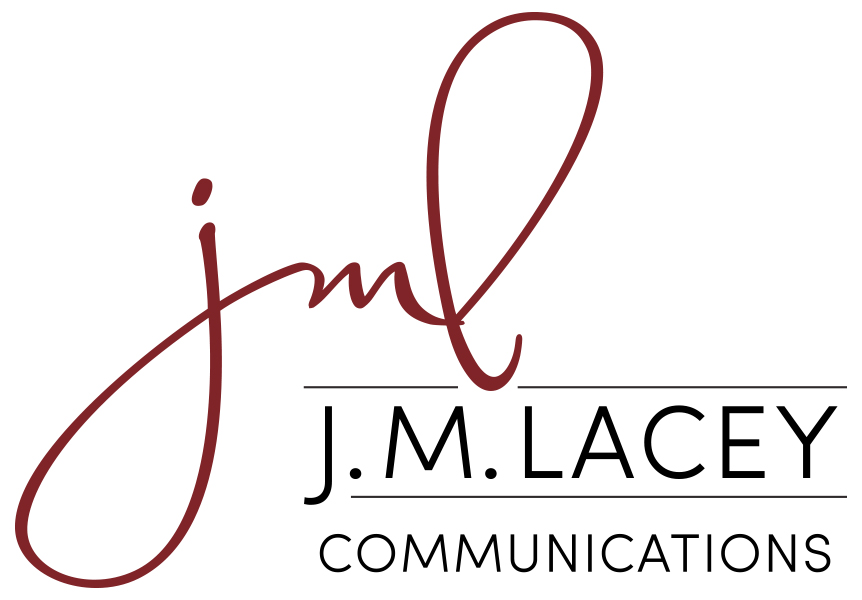Most commercials I see I consider myself pretty adept at getting the point. Still, there are others where the punchline leaves me scratching my head. I’ll look at my smiling husband and he’ll say: “it’s a sports reference,” which he’ll then explain to me and by then, the moment has passed. Because I’m not into sports. Unless it’s golf. But even then, there are some terms I need sports-splaining.
Chances are if you are a large company, you are communicating with a variety of audiences, including global, internal, business-to-business (B2B), or business-to-consumer (B2C). Your message must fit according to the needs of the ones you are trying to reach.
For example, what you communicate to your consumer you would communicate to your IT department differently. If you are a global corporation, what you communicate in the United States will need to be adjusted to your audience in a different country. How you communicate in the U.S. is different than how you address your workforce in Japan or India.
Your objective is to relay the message in a way all can understand what you mean.
If you use analogies, might they be taken literally? Does your audience prefer data, or story illustrations? Is it better to use plain language instead of business jargon? If your communications must be interpreted, will the interpretation still make your point easy to understand?
Using sports metaphors is never a good idea. Not everyone understands sports and won’t get your reference, as I illustrated above. You would leave your audience scratching their heads instead of getting your point. And for those who are passionate about sports, they have their favorite teams. If you show favor toward one, you could cause problems, especially as a global company.
How do you tweak your writing to fit your audience? What is a simple process to follow when editing your communications?
Know your audience
First, understand the audience you plan to communicate with. With whom are you sharing your message? Internal staff? Company departments? Global branches? B2B? You need to know how they think, the messages that resonate best with them, and the concerns they have so you can address them appropriately.
Once you understand the audience, know the key components of the message you wish to convey. What do you hope to achieve with that audience? What do you want them to learn?
Next, how do they desire their communications? Would they prefer data? Do they need extensive reports? Would they prefer a simpler approach?
When you organize your audiences, you can follow a process to edit your communications.
Edit your communications with a simple process
Check your facts. Many people do their due diligence and will find the data to back up your statements. If you share information that uses any kind of data, or that you base your decisions upon, make sure you have proof. Your goal is to build and strengthen trust, not erode it by making erroneous claims.
Review content and context from the POV of your specific audience. When we compose our communications, as the author, we know what we are trying to say. We have a lot of background information and research in our heads, and we have sat through brainstorming meetings, so the vision in our head is clear. But our audience does not have the same context as we do.
Furthermore, if we are communicating with an audience different from ourselves, for example, perhaps we are technical and understand specific terms, but our audience does better with illustrations and plain language, we must take that into consideration with our communication style. We are writing and speaking with them in mind.
Have a representative from that audience review it. He or she will catch minor details that could come across as confusing, incorrect, or offensive. Another set of eyes could also catch errors, grammatical mistakes, and misspellings.
Check your illustrations, visuals, and explanations. Are you using analogies? Stories? Illustrations? Make sure your audience will understand what you wish to convey with these points. Some cultures take phrases literally while others view them as figurative.
Once you grasp what needs to be said, know the audience you direct your communications so you can assure they will be understood and effective. Review them with the above points in mind to avoid offending or confusing your intended audience.
Photo by Artem Podrez for Pexels.
My 2-Day VIP Writing Focus Workshop will help you improve your writing skills. Designed for busy staff — or individuals — who desire to write better and create engagement. Need more focused personal attention? Contact me for one-on-one coaching to improve your writing skills. To learn more, reach out to me at jmlacey.com.
 Love what you are reading? I’d appreciate your support! Click here to Buy Me a Coffee
Love what you are reading? I’d appreciate your support! Click here to Buy Me a Coffee


Recent Comments